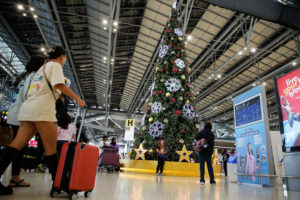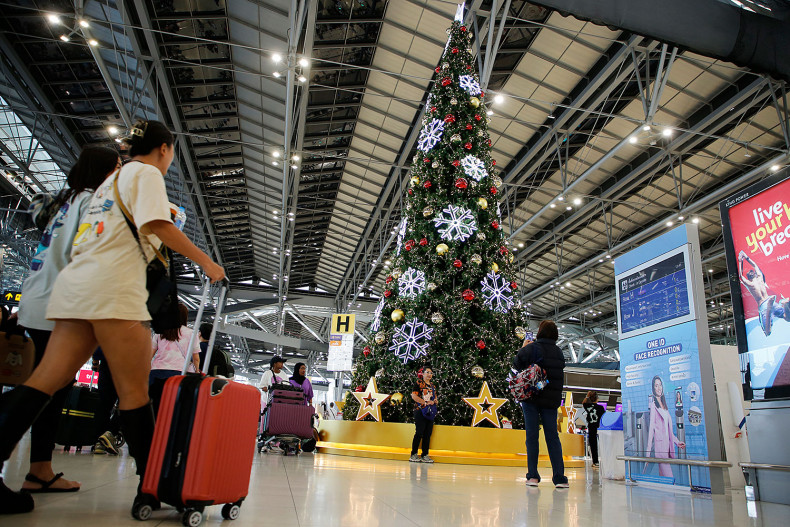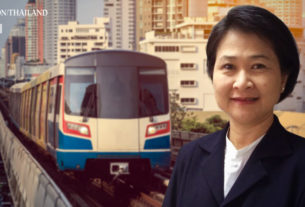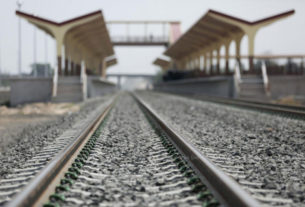 Bangkok’s Suvarnabhumi Airport can shine again
Bangkok’s Suvarnabhumi Airport can shine again
Bangkok Post Editorial
When it was opened to the public in 2006, Suvarnabhumi Airport reflected the mood and aspirations of the entire nation. The airport’s main terminal — a sprawling glass-and-steel structure that covered an area of about 500,000 square metres before its subsequent expansions — was designed to look like a floating pavilion, its undulating canopy creating an illusion of space. The airport’s design language is worlds apart from Don Mueang’s, and the message to arriving passengers that Thailand, like its gleaming, brand-new airport, is open and ready to take a step into modernity was clear.
Not long after it was inaugurated, the airport — in tandem with Thai Airways, before it began its decline into its current state — immediately shot to the top of the global rankings. Just four years after it was inaugurated, Suvarnabhumi was named one of the world’s best airports, competing with the likes of Singapore’s Changi, Doha’s Hamad and Tokyo’s Narita and Haneda airports. The airport has consistently featured on the list of the world’s busiest airports, and remains one of the busiest aviation gateways in the region — owing to the nation’s status as a tourism hotspot.
A little less than 20 years later, the airport risks staining the image of Thailand’s aviation and tourism industry, unless authorities begin to take serious steps to address the myriad of problems which plague it — which include a lack of facilities for business travellers, long queues at immigration due to the inefficient allocation of gates and lack of staff during busy hours, extended wait times at baggage claim and lack of accessibility by public transport.
In fact, the combination of all these gripes has led to Suvarnabhumi Airport being awarded the distinction of being one of the region’s worst airports by Business Financing — a UK-based financial consultancy website. This year, the airport was dubbed 7th worst in Asia, far below the surprise winner this year, Hanoi’s Noi Bai International Airport, which was lauded for its amenities, cleanliness and overall efficiency.
There are two things which need to be noted here: first, the index based the rankings on business travellers’ reviews and comments, which tend to place more emphasis on productivity than leisure. As a result, the much-smaller Hanoi airport was able to outrank Changi airport (which came second on this year’s list) because it better suits the needs of its users. After all, while a cactus garden and duty-free shops are nice features to have, most modern passengers (leisure travellers included) are more likely to need charging points and workstations during a layover.
Second, this isn’t the first time the Bangkok airport has made the world’s worst list. In 2017, Suvarnabhumi was ranked the 9th worst airport out of the 76 major hubs studied by AirHelp.com — a ranking that was met with an uncharacteristically strong reaction from Airports of Thailand (AoT), which made many wonder if the criticisms were actually true.
Instead of accepting the ranking as constructive criticism, AoT dismissed it because it differed from the results of surveys carried out by other firms, saying it was based on comments posted in English. Ironically, a few months after the rankings were released, the Thailand Development Research Institute published the results of its own study, which found the level of service at Suvarnabhumi Airport has indeed declined over the years. The decline in service standards is reflected in the drop in passenger satisfaction rankings compiled by Skytrax, the pre-eminent forum for aviation-related topics — Suvarnabhumi was the world’s 10th best airport in 2010, 13th in 2011, and 46th in 2012. Last year, Bangkok was ranked 68th by Skytrax.
The question is, how much lower can it go?
Things seem to be a bit different this time around, with Prime Minister Srettha Thavisin taking a personal interest in the matter. Unsurprising, perhaps, as for a businessman, first impressions are everything, and a country’s international airport is its first chance to make a good one. As recently as last week, the premier pledged to help Suvarnabhumi reclaim its status as one of the world’s top airports within five years.
AoT should listen to passengers’ needs and focus less on making money off duty-free concession holders and tenants. While most amenities that benefit travellers probably don’t make much money, airports were built to cater to travellers, not businesses. A centralised food court after immigration, more charging points, and lounges, for instance, will benefit far more people than having Chanel open at 7am.
Gates will need to be expanded, too, now that Suvarnabhumi has been adapted to accommodate Airbus A380s. It makes little sense to see crowds of people fighting for a seat at the departure gate boarding a regional, narrow-body jet. The least airport staff can do for the time being is enforce boarding sequences, especially when the flight is busy.
Little things like these will do wonders for passenger comfort.
Source: https://www.bangkokpost.com/opinion/2755964/suvarnabhumi-can-shine-again


